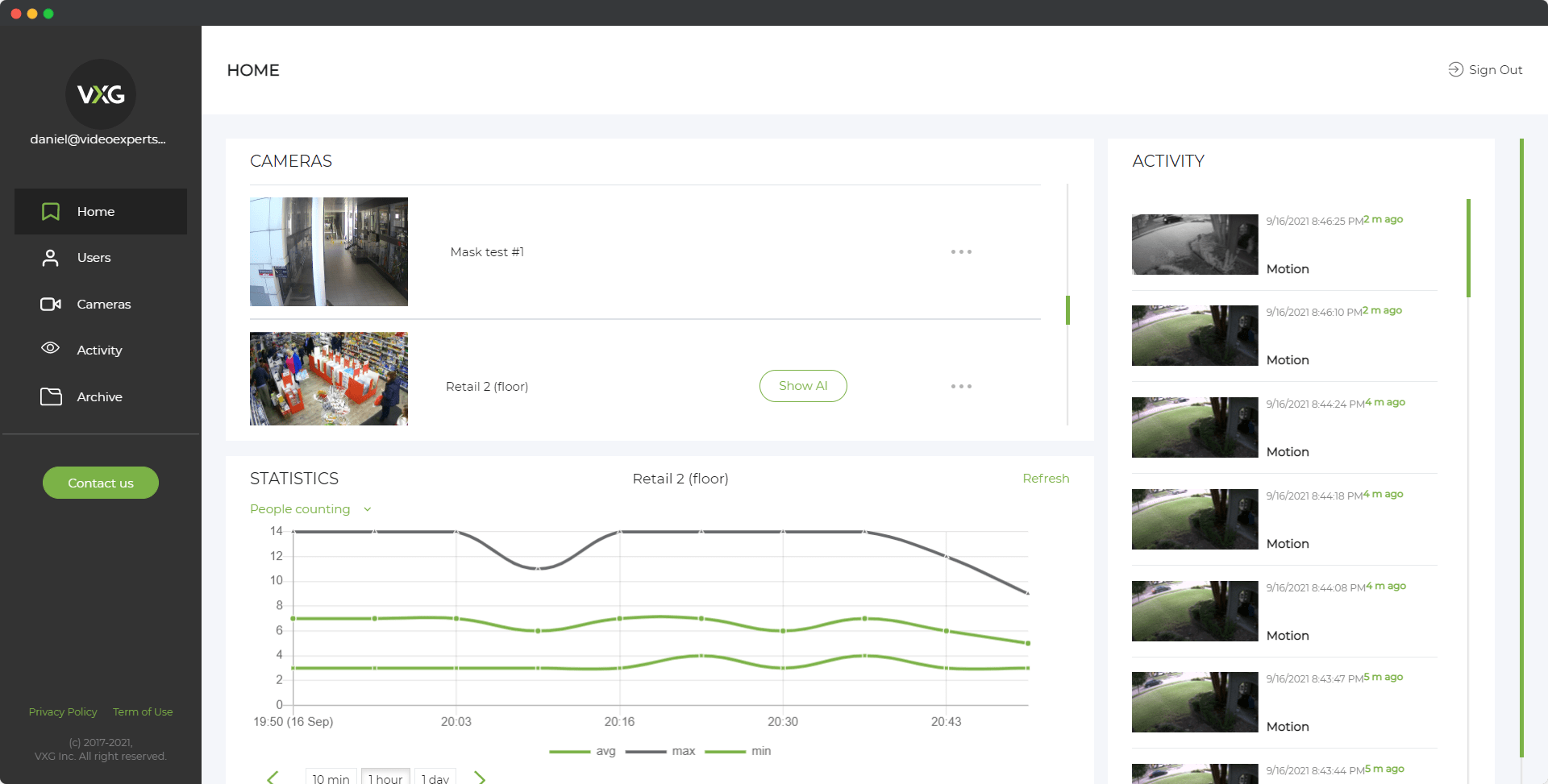In the field of digital imaging and surveillance, resolution is a key factor that determines the quality and clarity of images. One common measure of resolution is megapixels (MP), with higher numbers indicating more detailed and clearer images. This article explores the concept of 5MP resolution, explaining its meaning, pixel count, typical configurations, and its effectiveness in CCTV applications.
Meaning
5MP, or 5 Megapixels, refers to an image resolution that includes five million pixels. Pixels are the individual points of color that make up a digital image. In general, a higher number of pixels results in better image quality, as it allows for greater detail and finer clarity. In practical terms, 5MP provides a significant step up in detail from lower resolutions such as 1MP or 2MP, making it suitable for applications requiring higher image fidelity.
How Many Pixels is 5MP?
A 5MP image consists of exactly 5,000,000 pixels. These pixels can be arranged in various configurations, but the total count always remains five million. This high pixel count allows for a substantial amount of detail to be captured in the image, making it useful for both professional photography and advanced surveillance systems.
What is the Resolution in 5MP?
The resolution of a 5MP image can vary depending on the aspect ratio and specific requirements of the imaging system. A common resolution for a 5MP image is 2560 x 1920 pixels. This configuration means the image is 2560 pixels wide and 1920 pixels high. Other possible resolutions that total 5,000,000 pixels include 2944 x 1696 pixels or 2592 x 1944 pixels. The exact resolution may vary based on the device and its intended use, but the key factor is that the total pixel count equals five million.
CCTV Camera Resolution Chart
Below is a chart showing different CCTV camera resolutions, their corresponding megapixels, and the pixel dimensions (width x height):
| Megapixels | Resolution | Pixels Dimensions (width x height) |
| 0.3MP | 240p | 640 x 480 |
| 0.5MP | 360p | 640 x 360 |
| 0.9MP | 480p | 858 x 480 |
| 1MP | 720p | 1280 x 720 |
| 2MP | 1080p | 1920 x 1080 |
| 3MP | 1536p | 2048 x 1536 |
| 4MP | 1440p | 2560 x 1440 |
| 5MP | 1944p | 2592 x 1944 |
| 8MP | 2160p (4K UHD) | 3840 x 2160 |
| 12MP | 4000p | 4000 x 3000 |
| 24MP | 6000p | 6000 x 4000 |
This chart helps illustrate how different resolutions and megapixel counts relate to each other, showing the increasing detail captured by higher megapixel cameras.
Is a 5MP CCTV Camera Good?
The suitability of a 5MP CCTV camera depends on the specific requirements of the surveillance application. Here are some considerations:
Advantages:
- High-Quality Images: A 5MP camera offers a significant improvement in image quality over lower-resolution cameras. This higher resolution allows for capturing finer details, making it suitable for tasks such as facial recognition, license plate reading, and detailed monitoring of large areas.
- Enhanced Coverage: Due to the higher resolution, a 5MP camera can cover larger areas with sufficient detail, potentially reducing the number of cameras needed for comprehensive surveillance coverage.
- Improved Digital Zoom: The higher resolution allows for better digital zoom capabilities, enabling closer inspection of specific areas within the field of view without a significant loss of detail.
- Versatility: 5MP cameras are versatile and can be used in various environments, including residential, commercial, and public spaces.
Disadvantages:
- Increased Data Usage: Higher resolution images generate more data, which requires more bandwidth for transmission and larger storage capacities. This can be a concern in environments with limited resources or for users looking to minimize data consumption.
- Cost: While offering high quality, 5MP cameras are generally more expensive than lower-resolution models. The initial investment, along with potential additional costs for storage and bandwidth, should be considered.
A 5MP CCTV camera offers a significant balance of high image quality and versatility, making it suitable for a wide range of surveillance applications. It is particularly effective in scenarios requiring detailed image quality, such as monitoring high-traffic areas, public spaces, and any location needing precise identification capabilities. When selecting a CCTV camera, it is essential to consider the specific needs of the surveillance task, balancing factors such as image quality, cost, and data management requirements.
















